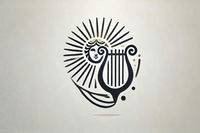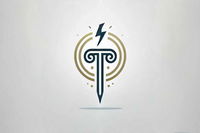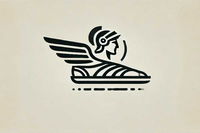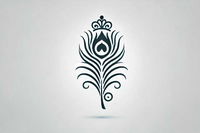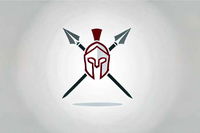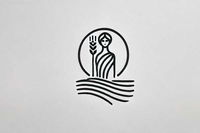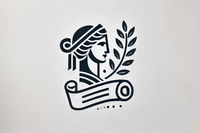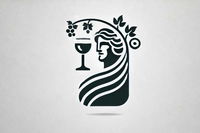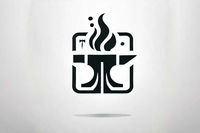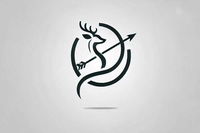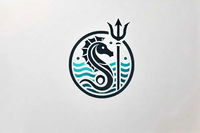
Olympus, LLC Trivia Quiz
Corporate Logos of the Greek Gods
The Greek gods and goddesses of Mount Olympus have joined the ranks of the corporate world, and each of them needs a new modernized logo. Search for symbols associated with each deity and match them up corrrectly. (Click the images for a closer look!)
by trident.
Estimated time: 3 mins.
